Music
Trailers
DailyVideos
India
Pakistan
Afghanistan
Bangladesh
Srilanka
Nepal
Thailand
Iraq
Iran
Russia
Brazil
StockMarket
Business
CryptoCurrency
Technology
Startup
Trending Videos
Coupons
Football
Search
Download App in Playstore
Download App
Best Collections
Technology

Savvy, a healthcare cooperative, has just raised an undisclosed amount of funding from Indie.vc.
Established as a cooperative that shares profits with its users, Savvy connects patients with healthcare companies and other providers looking to better serve people through products and services. Patients can take paid gigs that include tasks like interviews, focus groups and user testing.
Savvy is set up as a multi-stakeholder cooperative. Those stakeholders are divided into four classes: patients, Savvy employees, founders and investors. Up until now, Savvy has been entirely bootstrapped and sustained by its revenue, Savvy CEO Jen Horonjeff told TechCrunch via email.
&But as more and more companies are seeing that patient insights are critical to help their healthcare solutions find product-market fit, we need to scale up our operations to meet the demand,& she said. &This financing will allow us to expand our offerings, support more companies and, in turn, improve the lives of countless more patients.&
Cooperatives can oftentimes face trouble raising venture funding. Thatbecause their business models don&t generally align with the incentives of traditional venture capitalists, Horonjeff previously told me.
&I have to say a lot of investors are, first of all, not curious,& she said. &And those that are curious — and we&ve gone down the path with people like that — think we&re this cool new thing, but just don&t understand how itgoing to jive with the rest of their fund. So there aren&t great mechanisms in place to kind of bridge the gap between what people know and what the new economy could look like.&
For Indie.vc, which already takes a non-traditional approach to venture capital, co-ops fit into the firmvision. Indie.vc, which aims to be the last investment its founders need to take, is geared toward startups with founders who value preserving nationality and ownership.
As Indie.vc founder Bryce Roberts said in a statement, &Savvy represents everything we&d like to see in the future of impact business — shared ownership, diverse perspectives, and aligned incentives, tackling one of the largest industries on the planet.&
- Details
- Category: Technology Today
Read more: Healthcare co-op Savvy snags venture financing from Indie.vc
Write comment (98 Comments)Many have been understandably concerned that, amid corporate bailouts, a $1,200 check won&t be enough to survive several more weeks of lockdown. But the stimulus check is, at very least, better than nothing, particularly for the more than 22 million Americans have filed jobless claims in the last month alone.
But actually getting the check is easier said than done. There have been a number of roadblocks for many Americans. Many students are ineligible. Same goes for many elderly and disabled people. Immigrants without a social security number, too. There have been a variety of delays, as well, including the Presidentunprecedented mandate that his signature appear on paper check.
For millions of Americans, a &glitch& will further delay matters. The deposit, planned for yesterday, was delayed for &several million& people who used popular services like H-R Block, Jackson Hewitt and TurboTax to file their taxes last year, according to The Washington Post. The issue? The IRS didn&t have their direct deposit information on file.
Those checking their stimulus status via the IRS&Get My Payment& tool this week were greeted with a perplexing &Payment Status Not Available& message. No additional information was provided.
The IRS says itcurrently working to resolve the issues that have led to the delay.
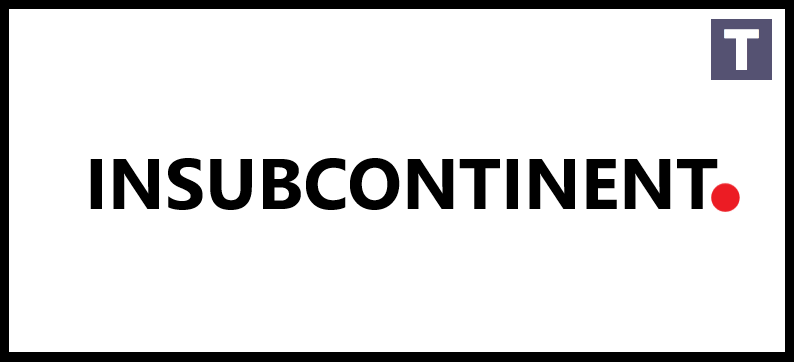
- Details
- Category: Technology Today
Media software maker Plex has released two new projects today from its internal R-D group, Plex Labs. One is an updated take on the classic Winamp player it calls Plexamp, and another is a dedicated app for Plex server administration. The projects are meant to appeal largely to Plex power users who take full advantage of Plexsoftware suite, which has grown over time from being only a home media solution to a one-stop shop for everything from live TV to streaming audio.
The first of the new apps, Plexamp, is actually a revamp of the first Plex Labs project released. In December 2017, Plex introduced its own music player, whose name Plexamp was a nod to the Winamp player it aimed to replace. The project, like others from Plex Labs, was built by Plex employees in their spare time.
The goal with the original Plexamp was to offer a small desktop player that could handle any music format. The app let you use media keys for playing, pausing and skipping tracks and it worked offline when the Plex server ran on your laptop. It also offered visualizations to accompany your music that pulled from the album art.
While the original app ran on Mac or Windows, the new release works across five platforms, now including iOS, Android and Linux.
The app itself has been completely redone, as well — rewritten from scratch, in fact. And ittied to Plexsubscription service, Plex Pass — meaning you&ll need to be a paying customer to use it.
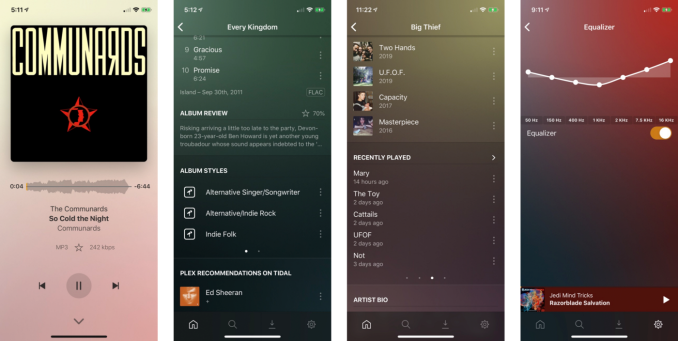
The company explains the original version of Plexamp had issues around portability and licensing; it didn&t have an easy way to add functionality; and it was built with React, which tied it to the web.
To create the new Plexamp (version 3.0), Plex built an audio player library called TREBLE on top of a low-level commercial audio engine. TREBLE has been shipping in Plexcommercial applications, but this release brings it to Plexamp. The addition helped make the app portable across almost all desktop and mobile platforms, as was it being rewritten in React Native.
The new app provides features Plex Pass music listeners want, like gapless playback, high-quality resampling, Sweet Fades (Plex&smart& alternative to crossfades) soft transitions and pre-caching. Plex also added a few more effects, including one for voice boosting spoken word audio and another for silence compression.
But the app really sells itself to longtime Plex users, as Plexamp lets you go back to see your own &top personal charts& for what you&ve listened to the most in years past. (Sort of like a Plex version of Apple MusicReplay playlists).

Plexamp 3.0 also introduces a feature that lets you build your own mixes by picking a set of artists. Plus it offers a more expansive list of stations, supports offline listening and improves its search functionality.
The new Recent Searches area, for example, will save your search results from across servers, as well as TIDAL and podcasts.And a new Recent Plays feature shows you the music you consciously chose to play, again including across all servers and TIDAL.

There are some little touches, too, that show the personal care that went into the appdesign — like the way Plexamp uses album art and a process called &UltraBlur& to give each artist and alum page its own look. Or how there are options for light and dark — and lighter and darker — themes.

The other big new release from Plex Labs is the new Plex Dash app.
This mobile and tablet app lets you keep a close eye on your personal media server, including a way to see all playbacks even across multiple servers, plus other administrative features.
With Plex Dash, you can edit your artwork, scan for new media, fix incorrect matches, check on server resource usage, tweak library settings and view server logs live.
Plex suggests you it run on the iPad you have mounted in the wall — like in your fancy media room, I guess — but for us poorer folks, it runs on your smartphone, too.
Ita power user tool, but one that will be welcomed for those fully immersed in a Plex-run home media setup. (And also a good way to respond to criticism that Plex is too focused today on its streaming and TV options, and not its core home media software customer base.)
Like Plexamp, the new Plex Dash requires a Plex Pass subscription and runs on iOS and Android.
The apps launched today are notable as they&re the first to arrive from Plex Labs since the original release of Plexamp in 2017 and because they require a subscription in order to work.
Plex at the end of 2019 said it had 15 million registered households using its service. Though the service is profitable, only a small percentage are paid subscribers. New apps with extra features, then, could convince more Plex users to upgrade.
- Details
- Category: Technology Today
Since it exploded onto the scene in January after a newspaper exposé, Clearview AI quickly became one of the most elusive, secretive and reviled companies in the tech startup scene.
The controversial facial recognition startup allows its law enforcement users to take a picture of a person, upload it and match it against its alleged database of 3 billion images, which the company scraped from public social media profiles.
But for a time, a misconfigured server exposed the companyinternal files, apps and source code for anyone on the internet to find.
Mossab Hussein, chief security officer at Dubai-based cybersecurity firm SpiderSilk, found the repository storing Clearviewsource code. Although the repository was protected with a password, a misconfigured setting allowed anyone to register as a new user to log in to the system storing the code.
The repository contained Clearviewsource code, which could be used to compile and run the apps from scratch. The repository also stored some of the companysecret keys and credentials, which granted access to Clearviewcloud storage buckets. Inside those buckets, Clearview stored copies of its finished Windows, Mac and Android apps, as well as its iOS app, which Apple recently blocked for violating its rules. The storage buckets also contained early, pre-release developer app versions that are typically only for testing, Hussein said.
The repository also exposed ClearviewSlack tokens, according to Hussein, which, if used, could have allowed password-less access to the companyprivate messages and communications.
Clearview has been dogged by privacy concerns since it was forced out of stealth following a profile in The New York Times, but its technology has gone largely untested and the accuracy of its facial recognition tech unproven. Clearview claims it only allows law enforcement to use its technology, but reports show that the startup courted users from private businesses like Macy&s, Walmart and the NBA. But this latest security lapse is likely to invite greater scrutiny of the companysecurity and privacy practices.
When reached for comment, Clearview founder Hoan Ton-That claimed his company &experienced a constant stream of cyber intrusion attempts, and have been investing heavily in augmenting our security.&
&We have set up a bug bounty program with HackerOne whereby computer security researchers can be rewarded for finding flaws in Clearview AI systems,& said Ton-That. &SpiderSilk, a firm that was not a part of our bug bounty program, found a flaw in Clearview AI and reached out to us. This flaw did not expose any personally identifiable information, search history or biometric identifiers,& he said.
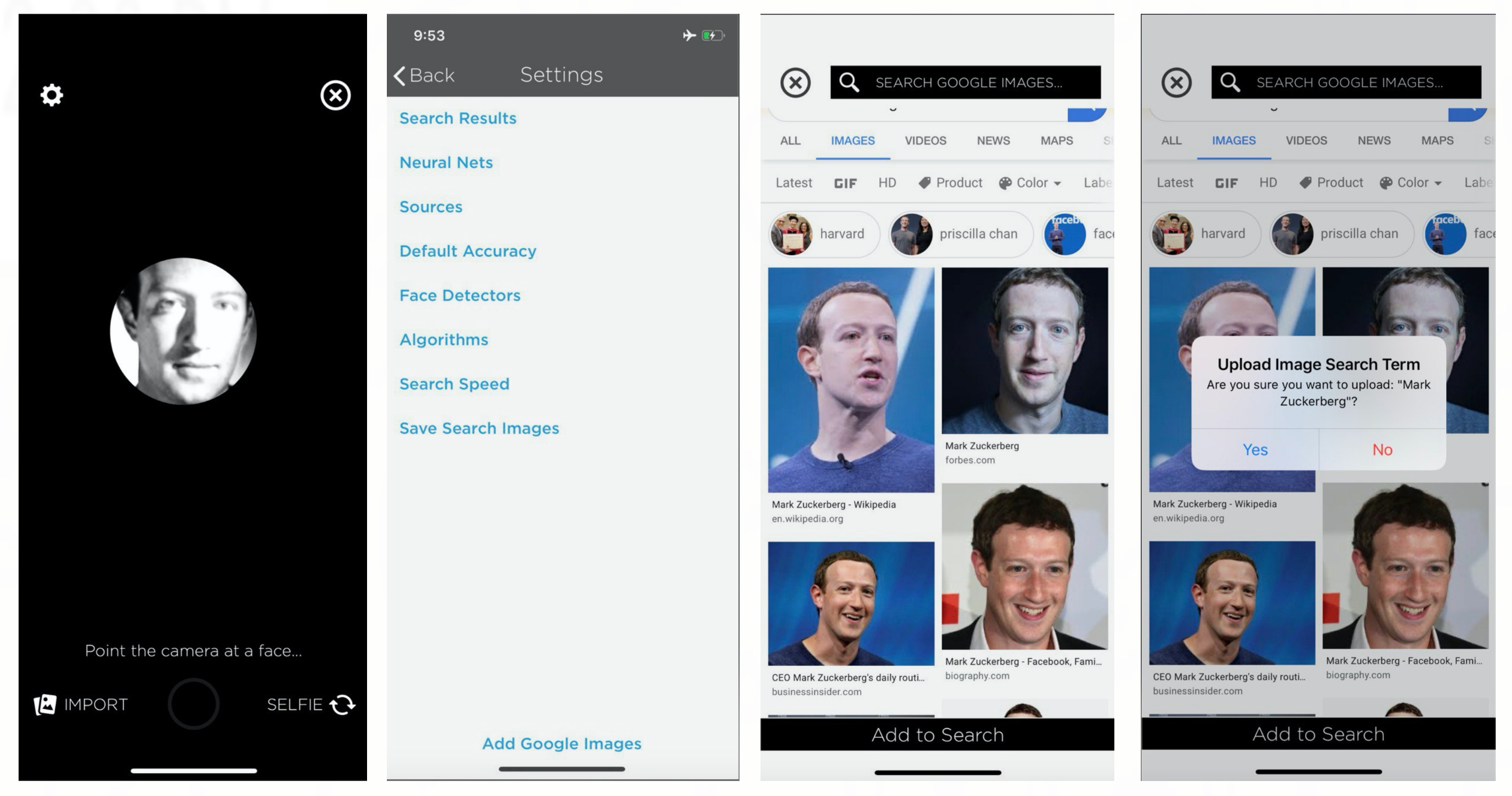
Clearview AIapp for iOS did not need a log-in, according to Hussein. He took several screenshots to show how the app works. In this example, Hussein used a photo of Mark Zuckerberg.
Ton-That accused the research firm of extortion, but emails between Clearview and SpiderSilk paint a different picture.
Hussein, who has previously reported security issues at several startups, including MoviePass, Remine and Blind, said he reported the exposure to Clearview but declined to accept a bounty, which he said if signed would have barred him from publicly disclosing the security lapse.
Itnot uncommon for companies to use bug bounty terms and conditions or non-disclosure agreements to prevent the disclosure of security lapses once they are fixed. But experts told TechCrunch that researchers are not obligated to accept a bounty or agree to disclosure rules.
Ton-That said that Clearview has &done a full forensic audit of the host to confirm no other unauthorized access occurred.& He also confirmed that the secret keys have been changed and no longer work.
Husseinfindings offer a rare glimpse into the operations of the secretive company. One screenshot shared by Hussein showed code and apps referencing the companyInsight Camera, which Ton-That described as a &prototype& camera, since discontinued.
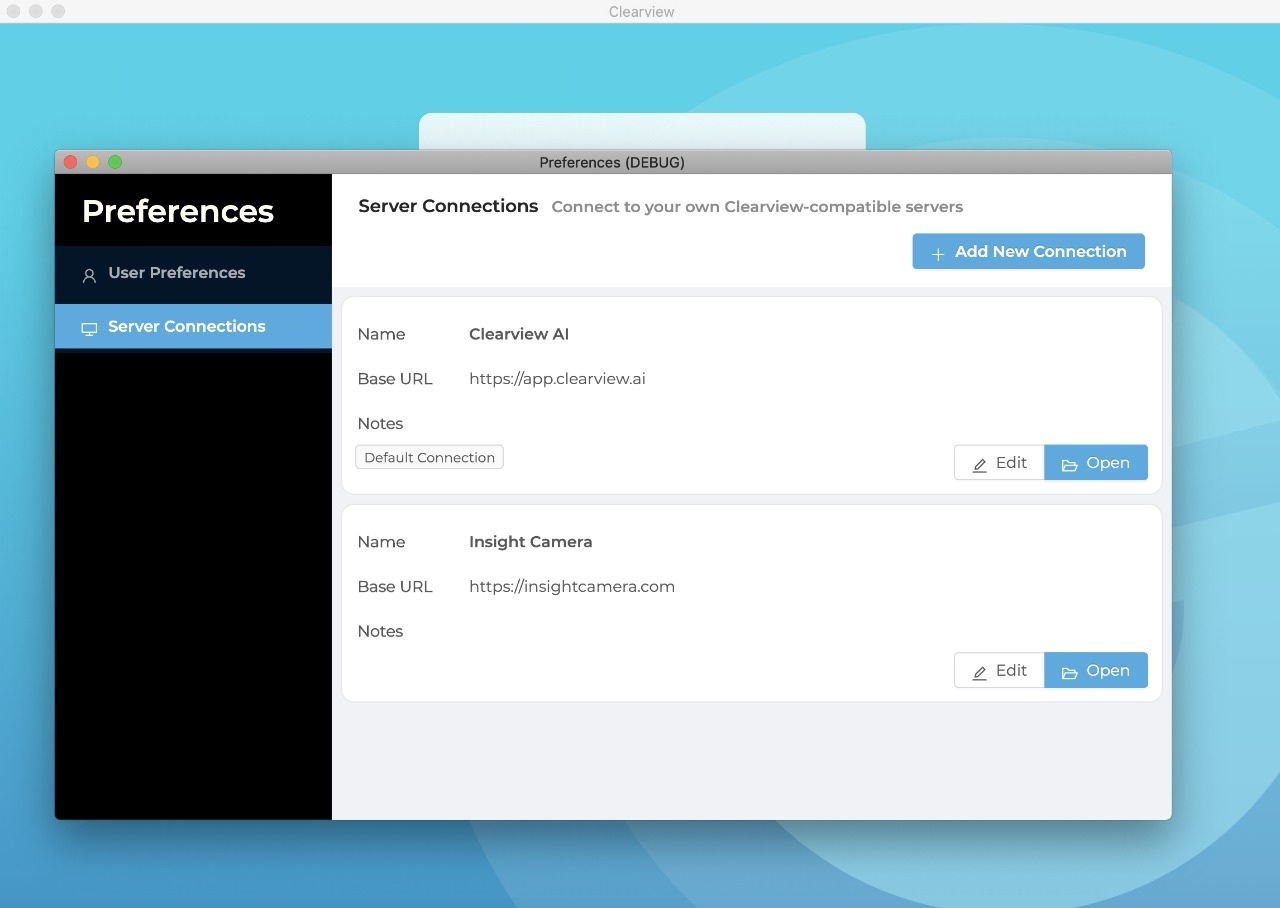
A screenshot of Clearview AIapp for macOS. It connects to Clearviewdatabase through an API. The app also references Clearviewformer prototype camera hardware, Insight Camera.
According to BuzzFeed News, one of the firms that tested the cameras is New York City real estate firm Rudin Management, which trialed use of a camera at two of its city residential buildings.
Hussein said that he found some 70,000 videos in one of Clearviewcloud storage buckets, taken from a camera installed at face-height in the lobby of a residential building. The videos show residents entering and leaving the building.
Ton-That explained that, &as part of prototyping a security camera product we collected some raw video strictly for debugging purposes, with the permission of the building management.&
TechCrunch has learned that the Rudin-owned building is on Manhattaneast side. Several property listings with images of the buildinglobby also confirm this. A representative for the real estate company did not return our emails.

One of the videos from a camera in a lobby of a residential building, recording residents (blurred by TechCrunch) as they pass by.
Clearview has come under intense scrutiny since its January debut. It has also attracted the attention of hackers.
In February, Clearview admitted to customers that a list of its customers was stolen in a data breach — though, it claimed its servers were &never accessed.& Clearview also left unprotected several of its cloud storage buckets containing its Android app.
Vermontattorney generaloffice has already opened an investigation into the company for allegedly violating consumer protection laws, and police departments have been told to stop using Clearview, including in New Jersey and San Diego. Several tech companies, including Facebook, Twitter and YouTube, have already filed cease-and-desist letters with Clearview AI.
In an interview with CBS News in February, Ton-That defended his companypractices. &If itpublic and itout there and could be inside Googlesearch engine, it can be inside ours as well,& he said.
Got a tip? You can send tips securely over Signal and WhatsApp to +1 646-755-8849.
- Details
- Category: Technology Today
Read more: Safety gap exposed Clearview AI resource code
Write comment (94 Comments)
Therea potential climate-related crisis brewing in the beer industry and Province Brands has just raised $1.6 million for its technology that purports to be a solution.
The Canadian company, which has developed a way to make beer from any plant material, is pitching itself as a solution to the increasing shortages of barley and other grains caused by global climate change.
Ita pivot for the brand. When it launched, the company was taking its technology to cannabis brands as a way to brew beer made from bud. But when the bottom started falling out of the cannabis market, Province Brands switched the pitch to the broader brewery business.
&The cannabis industry was overvalued from an equities perspective for years,& says Province Brands& co-founder Dooma Wendschuh. &Starting in mid-2019 we started to see that crash… this is an industry that is very capital intensive… it requires a tremendous amount of investment to set up these facilities.&
As the market became less about the puff and more about the pass, Province decided to reach out to its investor base and raise a Canadian $2.2 million convertible note.
&We didn&t want investors to take a bath on it if that could be avoided,& says Wendschuh.
Province Brands& last funding was its Series B in 2019 when the Company raised CAD $5 million at a CAD $70 million pre-money valuation, the company said in a statement.
&Closing this round quickly highlights the attractiveness of Province Brands& technology, IP, and market opportunities,& said Wendschuh.
The money which came from previous institutional and angel investors will be used to continue marketing its technology more broadly to brewers impacted by rising prices for beer staples like barley and to launch its own branded hemp lager into the market.
The companyCambridge Bay Canadian Hemp Lager will be the first beer brewed from hemp, according to a statement from Province Brands. Made of only hemp, hops, water and yeast, the beverage contains no THC, CBD or phytocannabinoids and can legally be sold wherever alcohol is sold, the company said.
&The technology we created to brew beer from cannabis would allow us to brew beer from any non-starch plant material,& Wendschuh said. &This could be transformative for beer companies where the price of barley has gone through the roof.&
In some cases barley is too expensive for large-scale beer production, Wendschuh noted.
&Funds raised will help us complete Phase 1 construction of our 123,000-square-foot brewing facility and will enable us to receive additional licensing from Health Canada,& said Province Brands& co-founder Jennifer Thomas. The company received its research and development license from Health Canada in late 2019.
Province Brands is already working with some bigger name liquor companies on making beer substitutes from their feedstocks. In one case, the company is working with an undisclosed tequila manufacturer on a beer made from agave.
It is notable that the transaction closed in less than two months at a time when capital markets have been challenging.
- Details
- Category: Technology Today
Despite what companies have said about providing personal protective equipment to gig workers, some workers say they are struggling to get masks, gloves and other items from companies like Target-owned Shipt, Uber, Lyft and Instacart.
&PPE is still a huge issue for us,& Shipt shopper and organizer Willy Solis told TechCrunch. &We have dozens of reports across the country where shoppers have gone to pick up their equipment to be told itonly for employees. On top of that, TargetTwitter account essentially said that much.&
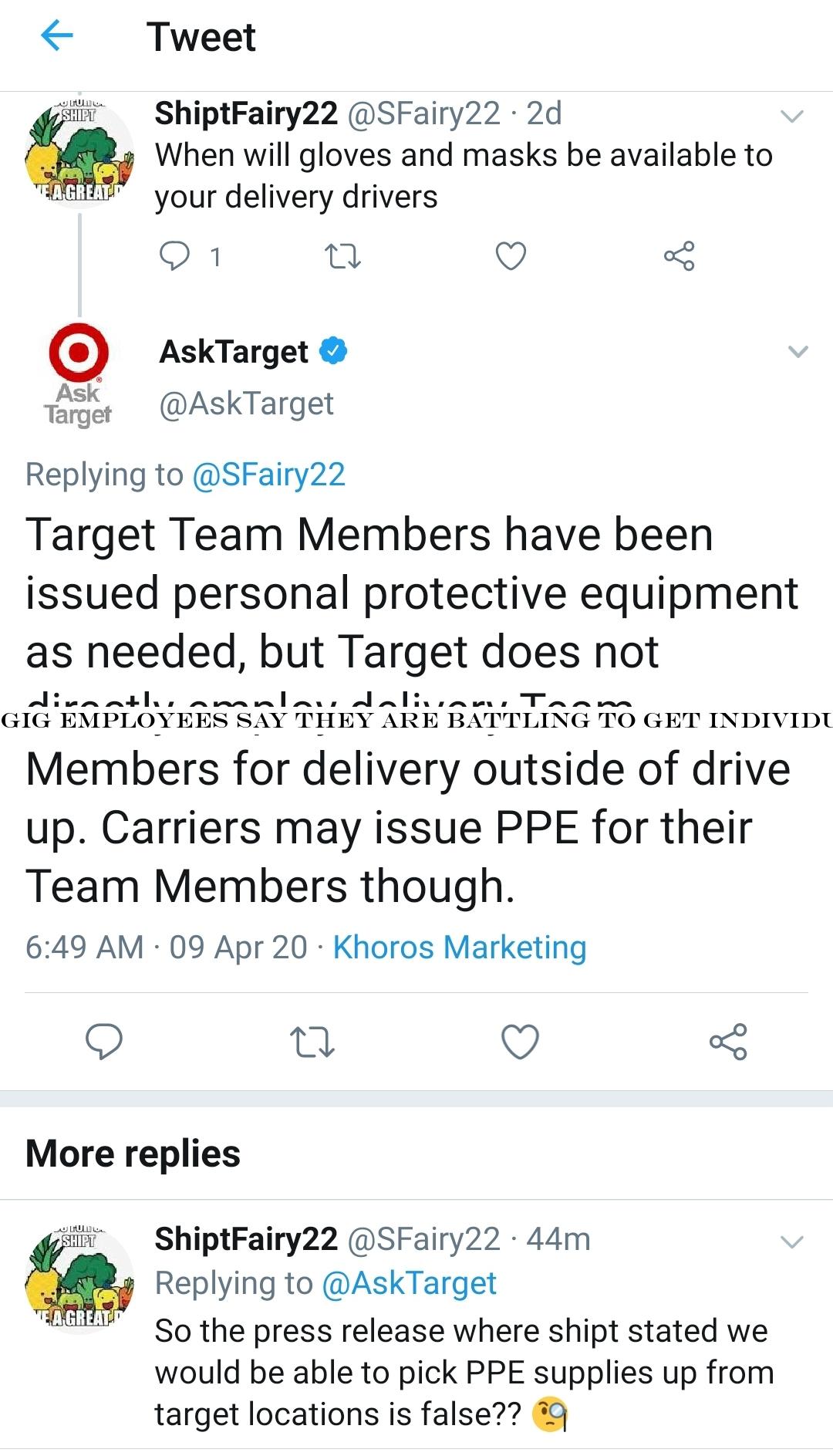
Earlier this month, Shipt workers staged a walk-off in protest of Shipttreatment of workers amid the COVID-19 pandemic. Around that time, Shipt said it would provide all shoppers with gloves and a mask within the next two weeks. Those shoppers, Shipt said, would be able to pick them up at their nearest Target stores. Shipt said it also would allow its most active shoppers to claim a free kit that included gloves and hand sanitizer. But some shoppers report struggling to pick up the PPE at Target and through the Shipt app.
Shipt declined to comment for this story, but pointed us to both Shiptand Targetrespective announcements.
Over in Los Angeles, some Uber and Lyft drivers say the rideshare companies have yet to provide them with face masks and other protective equipment. This is in light of LA Mayor Eric GarcettiWorker Protection Order, which requires companies to provide essential workers with PPE.
&As an Uber driver, I&m incredibly vulnerable to infection,& Uber driver Deborah Garcia said in a statement. &I transport dozens of passengers every day, and many are the doctors and nurses dealing with coronavirus cases up close. UberandLyft love to talk about drivers as heroes on the frontlines, but what does it say about these companies that they&d rather brainstorm clever hashtags than use even a small slice of their billions to keep drivers like me safe? Itinfuriating, and ittime for our elected officials to take action.&
Uber says it has begun distributing masks to active drivers and delivery workers throughout the nation, initially focused on New York City and Los Angeles. Active drivers and delivery people in Los Angeles who have requested masks should receive them in the mail by the end of this week, according to Uber.
&This is a long-term commitment,& an Uber spokesperson told TechCrunch. &We have ordered tens of millions of masks for drivers around the world and expect another major shipment to the U.S. very soon.&
Uber says it has also started shipping around 30,000 bottles of disinfectant. Lyft, in response to claims that the company is not providing PPE, says what drivers are saying is not true.
&In light of the latest CDC guidance on cloth face coverings, we&ve ordered face masks for drivers at no cost to them,& a Lyft spokesperson told TechCrunch. &We have been making them available to drivers, prioritizing regions where additional guidance about face coverings has been given. This includes LA, where we&ve already begun handing out thousands of face coverings to drivers.&
Lyft began distributing masks last Saturday, and distributed some more this past Monday and Wednesday. Lyft plans to distribute more on Friday. So far, Lyft says it has been able to hand out thousands of masks.
There are also reports that Instacart shoppers are having difficulty obtaining hand sanitizer and reusable face masks, according to The Hill. Instacart says it has been providing shoppers with hand sanitizer since last week and began shipping thousands of kits with face masks, sanitizer and thermometers this past Monday.
Nationwide, there is an understanding that gig workers delivering food and groceries, and providing rides to people during the pandemic, are essential. As more cities begin to implement rules requiring people to wear masks upon entering grocery stores, companies will be forced to step up their production and delivery of personal protective equipment to workers.

- Details
- Category: Technology Today
Read more: Gig employees say they are battling to get individual safety tools from companies
Write comment (99 Comments)Page 965 of 1437

 10
10





